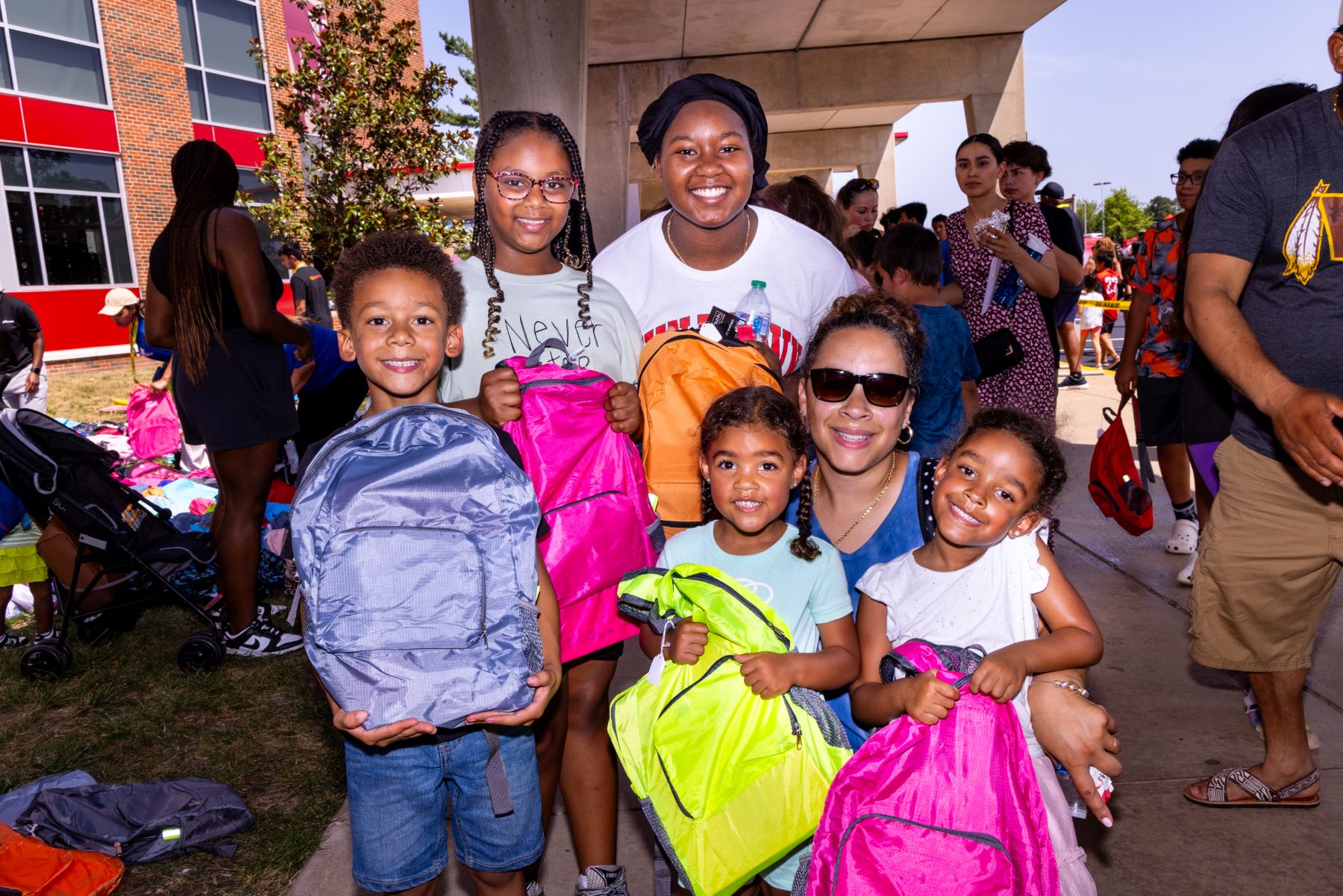Heat-mapping study found major temperature swings within Virginia localities
A report by a group that represents Virginia’s independent colleges and universities demonstrates how much hotter paved-over areas lacking green spaces can be than places with tree cover and other cooling features.
The heat-mapping effort, which the Virginia Foundation for Independent Colleges called the largest study of its kind, aims to give local governments the data they need to “tackle heat-related issues” with policy, such as tree-planting campaigns, as communities plan for climate change, a news release says. The report showed differences in temperature as big as 10 degrees in different parts of the 10 Virginia cities participating in the study. Although the data confirmed a long-held understanding that wide streets and paved-over parking lots can increase the temperature of an area, Jeremy Hoffman, chief scientist at the Science Museum of Virginia, said the level of detail captured in the study helped illustrate the impact of climate change to a wider audience.
“Climate change is sometimes presented as a very far away phenomenon like it’s not happening here, and far away in time like it’s not happening right now,” Hoffman said.
Over 200 volunteers took 490,423 measurements in the summer of 2021 along designated routes at different times of the day to gather temperature variations in Abingdon, Arlington, Farmville, Harrisonburg, Lynchburg, Petersburg, Richmond, Salem, Virginia Beach and Winchester.
Similar studies had been conducted in Richmond, Roanoke and Norfolk, previously one of which revealed that areas of Richmond where people of color live experience higher temperatures disproportionately. But despite the variety in the geographic landscape of the cities where measurements were taken, the results still showed a correlation between infrastructure and lack of natural environments and higher temperatures.
The next step is for the participating institutions to make use of the data for climate resilience projects in their communities. “You’ll see it pop up in a report about housing access,” Hoffman said. “You’ll see it pop up in a report about the quality of bus stops, you’ll see it pop up in a piece about vacant lots, and urban gardens and heat exposure.”
The question is how Prince William County address heat deserts in areas such will as Dumfries and the Featherstone community.
(Editor’s Note: This article was published with permission by the Virginia Mercury.)



